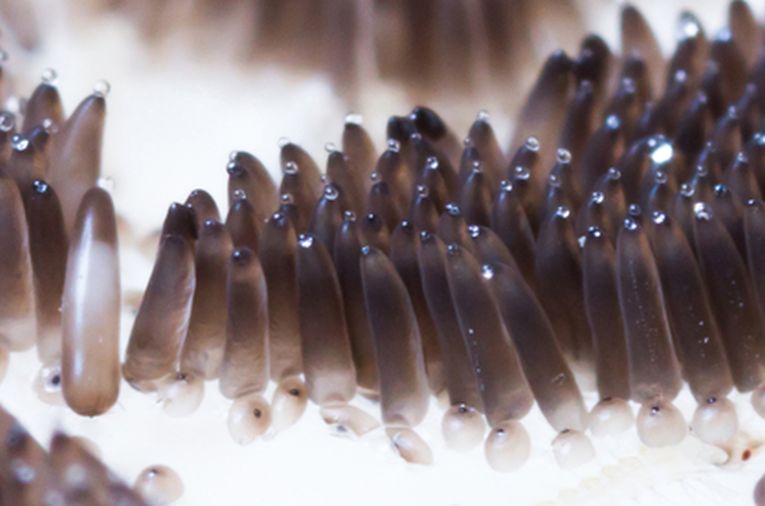Malaria is enough. But the range of human and animal misery that is transferred by Anophelesmosquitoes and their relatives is immense. To make an impact on the biggest killers on earth, such as the Plasmodium parasite that causes malaria, would be a tremendous feat. We have tried sterilising male mosquitoes and spreading oil on breeding ponds, but science forever invents better answers. LM Upton, M Povelones and GK Christophides of imperial College, London. provide their paper for our perusal in the Journal of Innate Immunity.
The latest and very promising research looks at the parasitism from the infected mosquitoes point of view! She (because males only drink nectar) suffers badly from the awful standard of blood she has to drink to feed her eggs. Many vertebrates transmit nematodes, viruses and those protozoans that number Plasmodium among them. Blood is such a rich source for the parasite world, while the insect is a perfect host. So good that many parasites may not affect her. She is the transfer mechanism to get into the big, warm host who will provide vast resources in terms of blood, liver tissues for reproduction.
To this end, the female Anopheles gambiae does not rely on a friendly approach by rodent infecting Plasmodium species such as P. berghei. She eliminates most invading protozoa in her mid-gut. Her immunity system is the object of the researchers’ attentions. The names of the immune proteins (LRM1 and APL1C) are irrelevant to us, but their effects are worthy of interest. When they are genetically removed from the insect, striking, 300% increases
in live parasites are observed, simply because the genes are silenced. The 2 proteins bind with an effector protein that causes parasite cell lysis, melanisation (darkening) and then death and clearance. The insect haemolymph carries great quantities of these protein complexes, enhanced in the endangered
female, so they can bathe the mid-gut and attack any emerging Plasmodium. More interestingly, any blood meal causes even stronger (and repeated) induction of the defensive immune proteins, ready to defend the mosquito.
Progress is now needed on using this immune defence mechanism for pathogen recognition in the mosquito. If other mosquitoes possess exactly the same mechanisms, filarial worms and viruses as well as malaria could be targeted. The mosquito Aesdes aegypt has already been identified as possessing a similar system. The future could be what is known as transgenic strategy using tactics like the current RIDL(Release of Insects carrying Dominant Lethal genes) programme. Whether we kill the mosquito of the Plasmodium is irrelevant to us, but we must not forget that the innocent mosquito may have provided the answer to our worst disease problem!
In case you have suffered from malaria, or could catch it, this was our recent story on a new drug that actually helps prevent the terrible spread of the disease.










